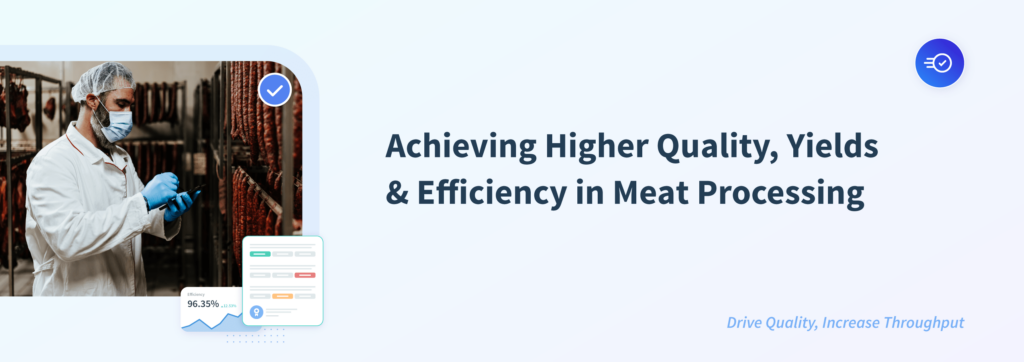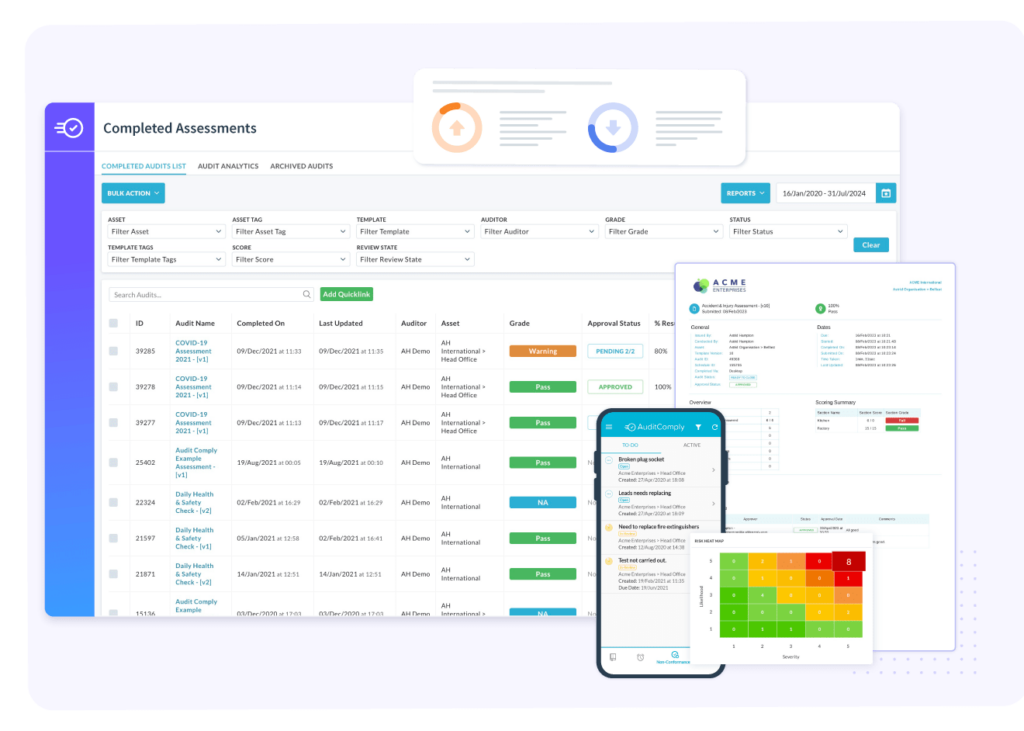
The meat processing industry is navigating through significant challenges as consumer preferences shift. People are increasingly favoring poultry and plant-based alternatives over beef and pork. This shift is largely driven by concerns about health and the environment, along with the growing availability of meat substitutes. According to Allied Market Research, the global plant-based meat market was valued at $5.6 billion in 2020 and is expected to reach $12.4 billion by 2027, with a compound annual growth rate (CAGR) of 12% from 2021 to 2027.
Simultaneously, stricter food safety regulations and rising wages are driving up costs. The U.S. Bureau of Labor Statistics reports a 4.3% increase in average hourly wages for production workers in food manufacturing from 2019 to 2021. These factors have squeezed profit margins and led to significant industry consolidation.
To counter these challenges, the meat processing industry is turning to cloud technology and automation. Companies embracing these innovations are seeing reduced labor costs, improved yields, and minimized food waste. McKinsey notes that automation can cut labor costs in meat processing by up to 30%. Additionally, automation has enhanced meat quality and workplace safety, with robotic butchery reducing workplace injuries by 70% in some facilities.
Embracing Automation
Automation in meat processing varies across three levels:
- Low Automation (Level One): Limited tools are used, and manual labor handles most tasks like cutting and deboning. Most cattle plants fall into this category.
- Semi-Automation (Level Two): Some processes are automated, but manual labor is still needed for certain tasks. Many French abattoirs operate at this level.
- Full Automation (Level Three): Processes are highly automated with robotics and data tools. A prime example is a pork processing plant in Denmark, which uses robotic technology for a fully automated system, resulting in higher yields and reduced labor costs.
(McKinsey, 2020)
By 2025, the beef and pork processing industries are projected to make significant strides in automation. The adoption of advanced technologies, including robotics and AI, is expected to accelerate due to labor shortages and the need for improved efficiency and safety. In Europe, the level of automation in meat processing is expected to reach approximately 35% by 2025, a significant increase from around 10% in 2019. This growth is driven by advancements in robotics and machine vision systems that allow for precise cuts and enhanced processing capabilities despite the biological variability of animals (Food Dive) (Oxford Academic).
Navigating Automation
Adopting automation involves balancing several factors:
- Yield vs. Cost: Processors must assess the impact of automation on yield and find ways to offset any potential losses from specific cuts of meat.
- Improved Yields: Identifying the full value of additional meat produced through automation is crucial. This involves determining the best end uses and markets for various products.
- Industry Collaboration: As technology becomes integral to production, collaboration between processors and equipment providers is essential. Larger facilities and sophisticated equipment require strong relationships with manufacturers for maintenance and technological advancements.
The Impact of Level-Three Automation
Automation will lead to further industry consolidation. Efficient processors will drive down costs and push less efficient competitors out of business. This consolidation is driven by technological advancements and the economic necessity of scaling operations.
Benefits for Consumers
Consumers stand to benefit the most from increased automation. Competitive pricing in grocery and food-service sectors ensures that cost savings from automation are passed on to consumers. Moreover, automation enhances workplace safety and requires workers to upskill, creating new opportunities in the industry.
Strategic Investment
For meat processors to fully benefit from automation, CEOs and senior executives must carefully strategize their investments. High-tech automated equipment is costly, often requiring significant financial outlays that need board approval.
A Case Study: Sysco & AuditComply
In the competitive world of meat processing, efficiency and quality control are paramount. Sysco Specialty Meat Group (SSMG) partnered with AuditComply to digitize and automate their Food Safety and Quality Assurance (FSQA) operations across 25 locations. This collaboration improved efficiency, compliance, and yield, showcasing the tangible benefits of automation.
- Enhanced Efficiency and Profitability: AuditComply’s data analytics and production tracking capabilities helped Sysco reduce waste and streamline operations, demonstrating a fourfold increase in audit usage.
- Streamlined Data Capture and Issue Resolution: The platform facilitated timely responses to safety and quality concerns, enhancing operational efficiency.
- Supplier Performance Insights: Immediate access to supplier performance data allowed Sysco to make swift quality improvements and foster effective collaborations.
- Actionable Quality Insights: Digital record-keeping provided valuable insights into material quality trends, helping prevent future issues and reduce costs.
- Claimback Calculation: Accurate calculation of product loss during audits helped Sysco recover financial losses, contributing to overall cost efficiency.
Sysco’s successful implementation of AuditComply highlights how automation can revolutionize meat processing operations. By leveraging advanced data management and real-time monitoring tools, companies can enhance efficiency, ensure compliance, and maintain high standards of quality and safety. As the meat processing industry continues to evolve, platforms like AuditComply will play an increasingly vital role in navigating the challenges and opportunities ahead.

To learn more about AuditComply, you can request a demo here.
About AuditComply
AuditComply is a leading Quality Management platform that empowers manufacturers to achieve operational excellence. By transforming how manufacturers operate, our platform focuses on reducing rework, driving higher quality, and increasing throughput.
Seamlessly integrating people, processes, and data, AuditComply provides the tools and insights needed to streamline operations, improve supply chain management, mitigate risk, and ensure frontline workers are supported.

